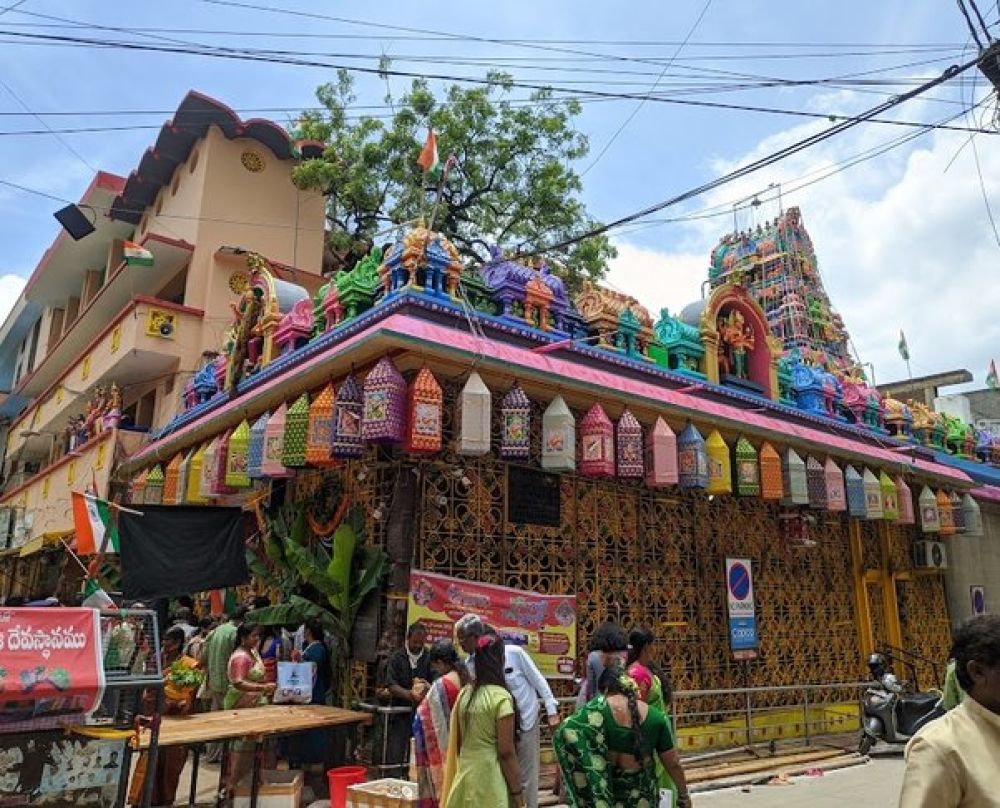

Sitanagaram, a small and serene town located on the banks of the Krishna River in Guntur District of Andhra Pradesh, has a modest yet significant place in the Indian tourism landscape. Its historical and religious importance is primarily associated with the great Indian epic, the Ramayana.
The town is believed to have been a site of significant events described in Hindu mythology. According to legend, Sita, the wife of Lord Rama, bathed in the Krishna River at Sitanagaram, and hence the place got its name, which means 'the town of Sita.'
Religious tourism has been the backbone of Sitanagaram's tourism history. Pilgrims have been visiting the ancient Vyasa Ashram and Valmiki Ashram, associated with the great sage Vyasa who composed the Mahabharata, and Valmiki, the author of the Ramayana. The presence of these ashrams gives this destination a unique spiritual ambience that attracts visitors interested in India's religious and philosophical traditions.
In addition to the religious attractions, Sitanagaram has caught the interest of historians and archaeologists due to the ancient temples and artifacts found in the vicinity. These discoveries add depth to the tourism experience, offering insights into the past civilizations and cultures that existed in the region.
Over the years, the Government of Andhra Pradesh has put efforts into developing tourism in Sitanagaram by improving infrastructure like roads, accommodation facilities, and visitor centers to make the site more accessible and tourist-friendly.
With the rise of cultural and eco-tourism, Sitanagaram has been integrating these aspects into its tourism offer. The town, with its natural beauty and cultural heritage, is becoming a point of interest for those seeking more than just conventional tourism.
Annual festivals and events such as the Godavari Maha Pushkaram, a festival of River Godavari that occurs once in 12 years, brings in a massive influx of pilgrims and tourists alike to Sitanagaram, causing a temporary spike in local tourism.
The latest tourism trend involves a focus on sustainability and ecological awareness. Tour operators and local authorities are gradually moving towards providing eco-friendly amenities and promoting practices that conserve the environment, recognizing the importance of maintaining the natural beauty of the region for future generations.
Though Sitanagaram may not be as widely recognized as other destinations in India, its blend of religious, historical, and natural attractions offer a quiet yet enriching experience for those who visit. Its continued development and the growing trend of thematic tourism promise to shape its future as a unique and sustainable tourist spot in Andhra Pradesh.